Queen Elizabeth national park
In 1979, Queen Elizabeth National Park was designated as a biosphere reserve with the furthest objective of harmonizing human activities with the conservation and protection of wild life, wet lands and natural resources. There are eleven fishing village enclaves within the protected area. The ethnic groups virtually attached to this area are; Banyankole, Bakiga, and Bakonjyo.
Queen Elizabeth National Park QENP together with Kyambura and Kigezi Wild life reserves forms one of the most diverse Eco systems in Africa. Here, the melting glacier waters of the Rwenzori Mountains create a vast wetland system comprising for two main lakes George and Edward being channeled by the mighty Kazinga Channel to the remote Ishasha River in the south. This park gathers an extensive diversity of habitats that range from savanna and Wetlands to gallery and lowland forest. This remarkable diversity is reflected in its bird list of over 550 species and that’s why I may not be wrong to name it the birders’ Paradise, the largest of any protected area in Africa. The lake shore lines congregate thousands of hippos as the patent Savannah speckled with Acacia and Euphorbia trees which furnish a dwelling for Elephants, Lions, Leopards, big herds of buffaloes, the Uganda Kob, and many others.
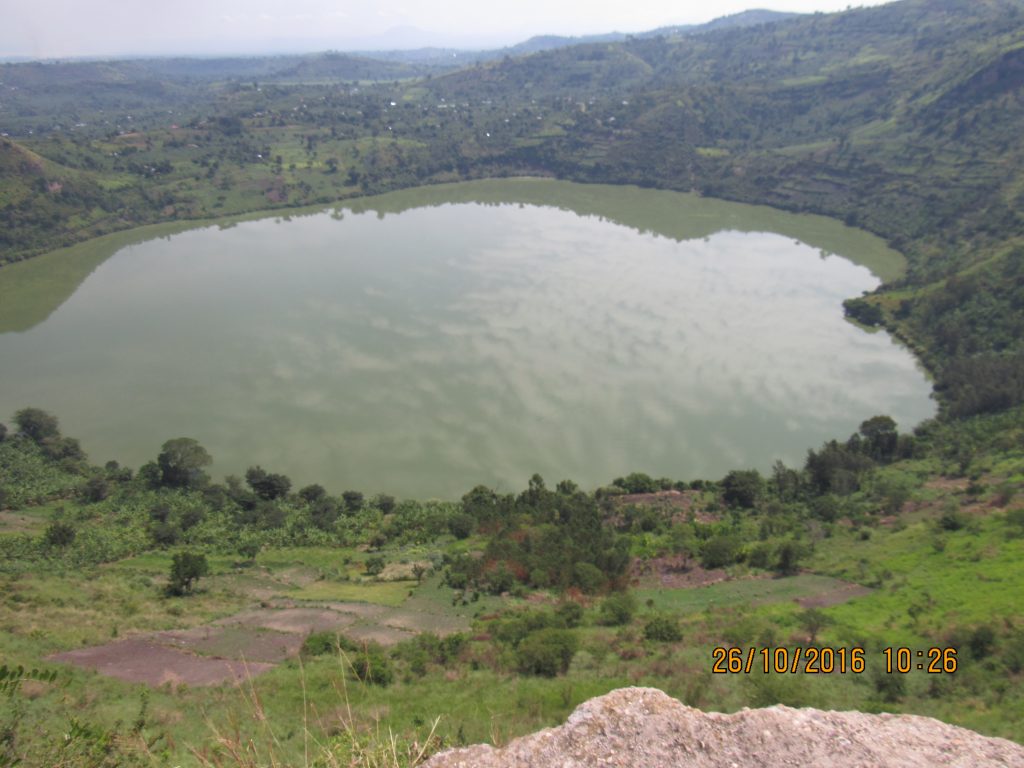
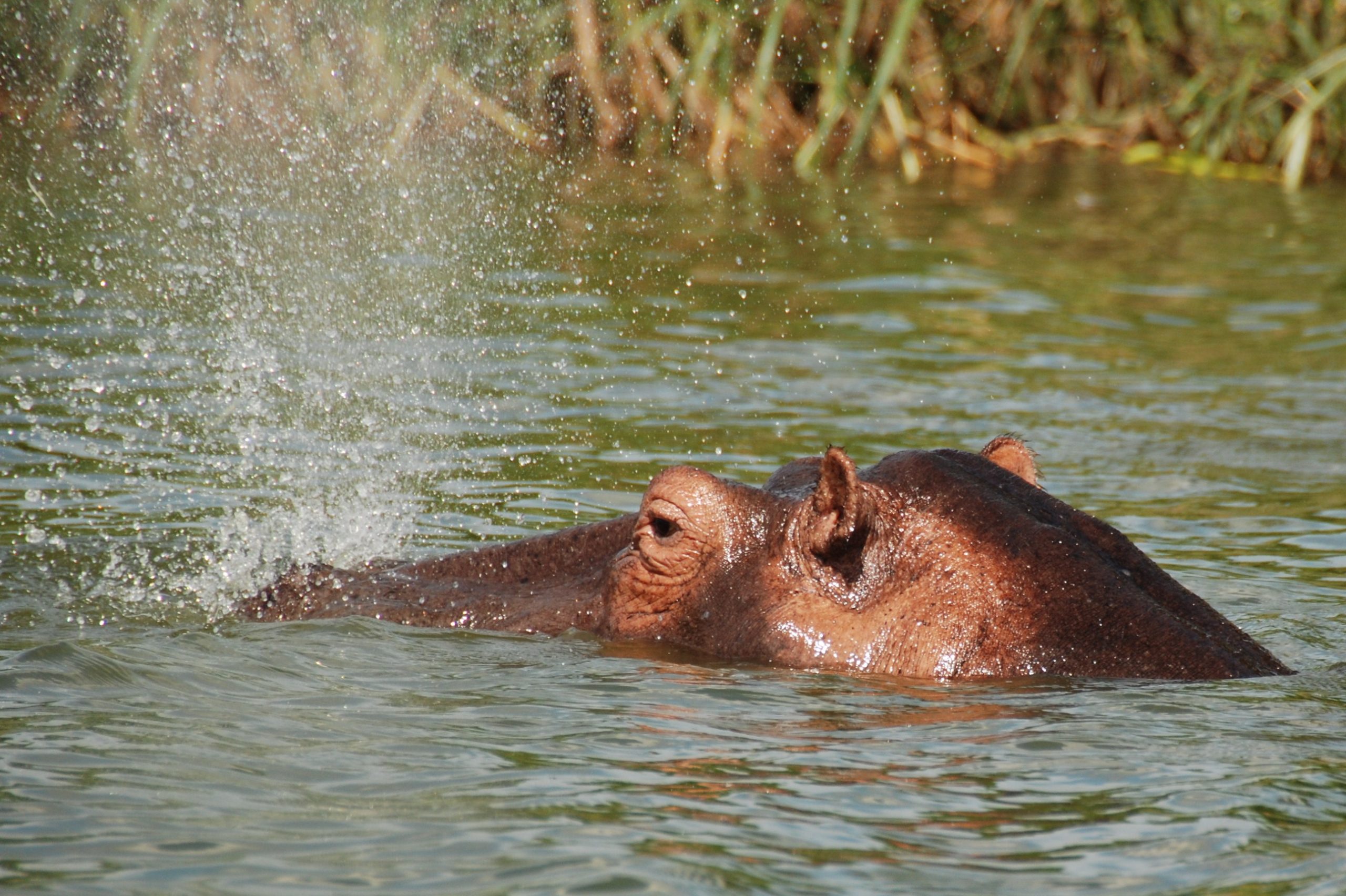
It covers approximately 2056sq-km2 Kyambura wild life reserve covering about 154sq. km2 and Kigezi wild life reserve covering an area of 256sq. km2. It receives an average maximum temperature of 28deg Celsius and 18 degrees Celsius. The park lies on an altitude range of 910 m at lake Edward to 1845 m above sea level that is at the top of the escarpment of the western rift
It is a habitat for a medium altitude moist semi-deciduous forest, Riverine bush land, moist thicket, riparian forest, open grassland, seasonal and permanent swamps, open woodland, lakes and rivers.
This place can be best timed from December – February, It has recorded about 95mammal species and 606 bird species.
THE KEY BIRD SPECIES IN THE PARK INCLUDE:
Grey-headed Kingfisher, Grey-capped Warbler, African Jacana, Malachite and Pied Kingfishers, African Skimmer, White-tailed Lark, Verreaux’s Eagle-Owl, Black Bee-eater, White-winged Warbler, Papyrus Gonolek, Great white and Pink-backed Pelicans, Papyrus Canary, White-winged Terns., African Mourning Dove, The beautiful Black-headed Gonolek, Swamp Fly-catcher, Collard Pranticles, Gabon and Slender-tailed Nightjars, Great and Long-tailed Cormorants, Pin-tailed Whyda Martial Eagle, Black-rumped Buttonquail, Common Squaco Heron, Shoebill Stork, African Fish Eagle, African Open-billed Stork,
Nature Walks In Maramagambo Forest
Marvel waits! A diversity of long to short guided nature walks are offered at the mighty Queen’s park.. Observe the pythons in the ostracism of the bat caves floor and their prey the bats. This bat’s cave is near the picturesque blue lake and hunter’ cave. Other trails lead you to the hear t of the surrounding craters and habitats to some primates like the Chimp and many forest birds.
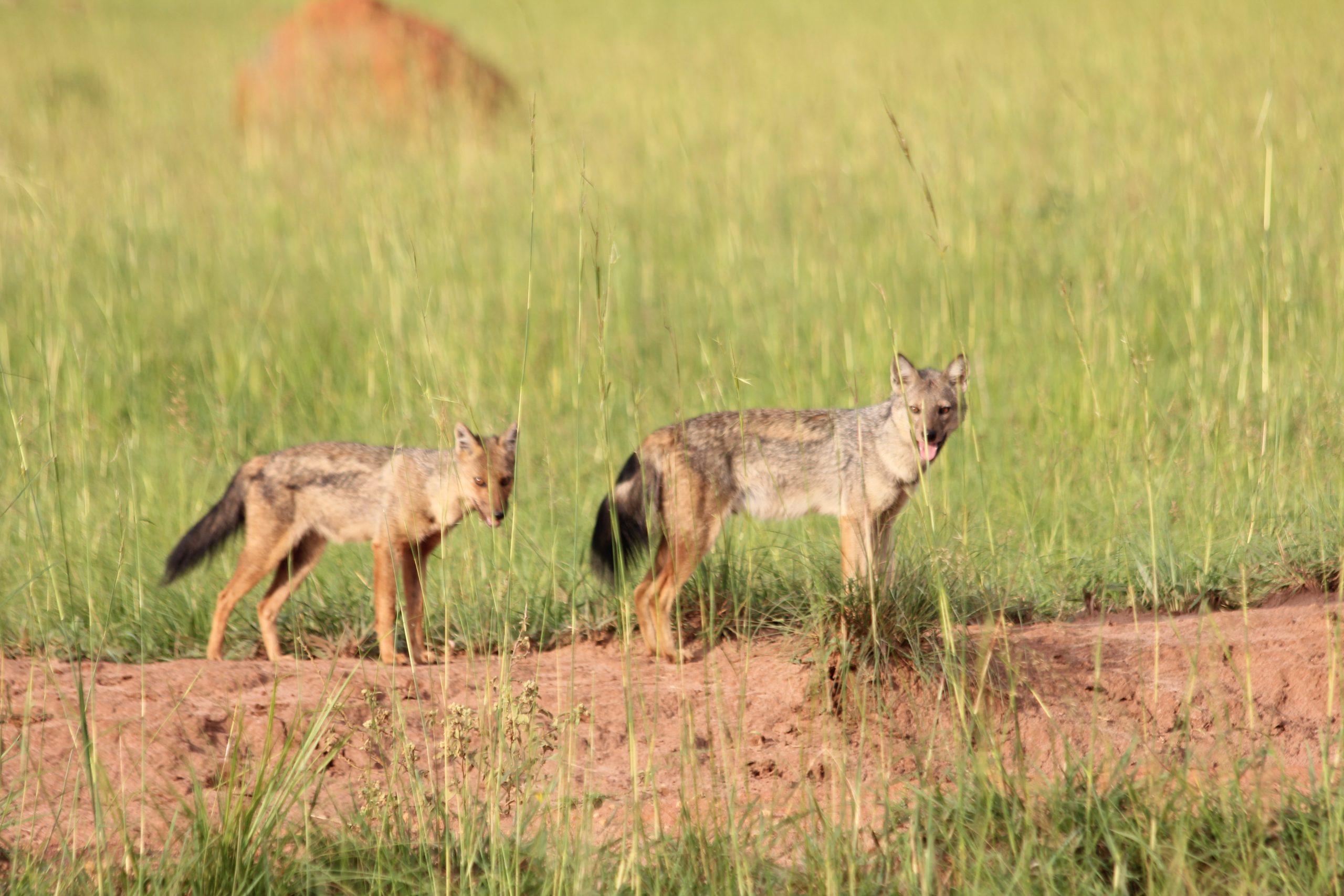
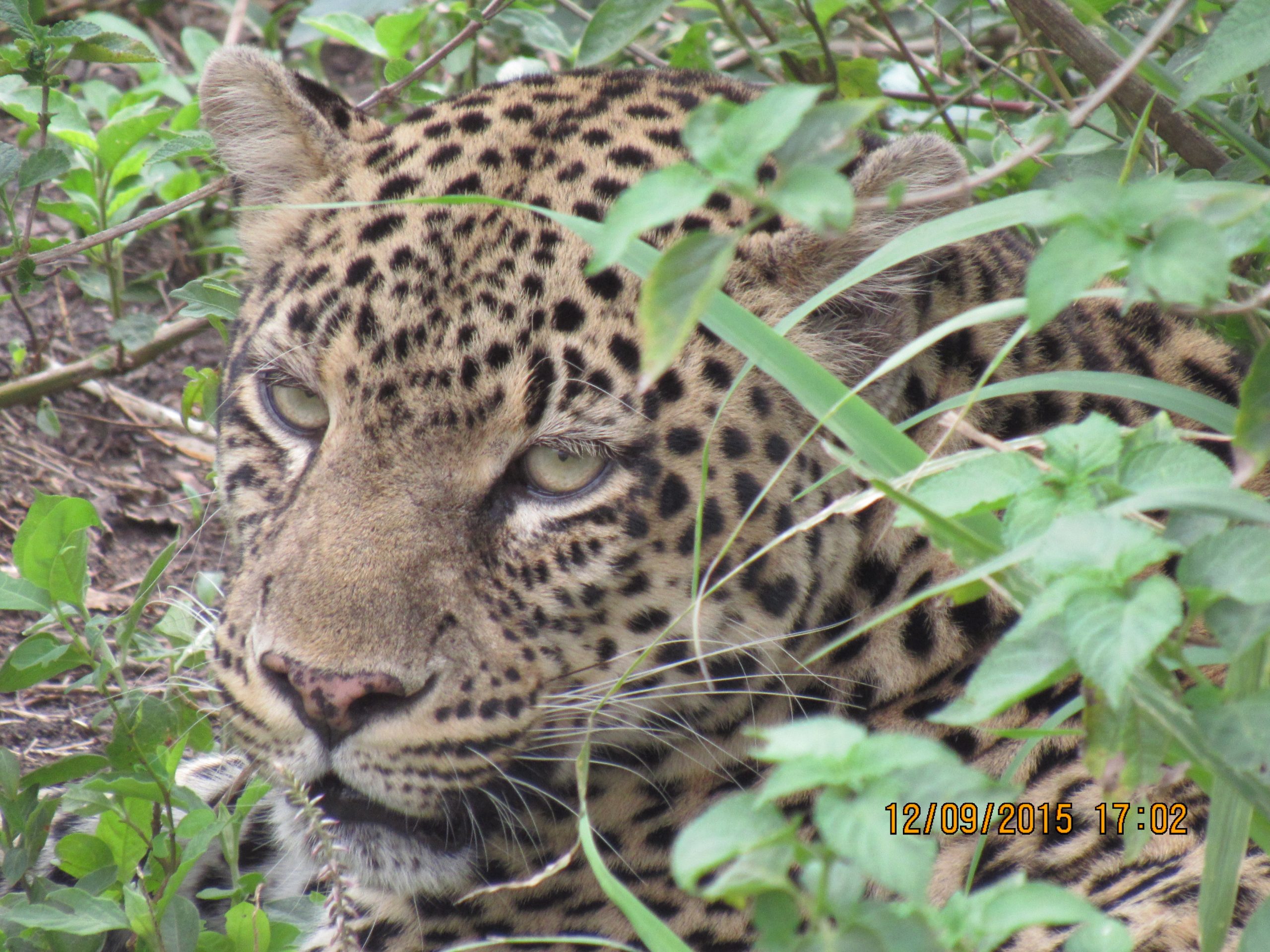
A Nature Walk To The Kyambura Wild Life Reserve
This is found in the eastern part of the protected area and supports similar mammals to the rest of the park.
It ha three saline crater lakes, which attracts a large n umber of flamingoes- not found anywhere else in Uganda. The steep Kyambura gorge, formed by the turbulent waters of the roaring Kyambura River, provides a luxuriant Riverine forest, home to chimps. Black and white colobus monkeys, Olive baboons and other primates as well as plenty of forest birds. Prides of Lions. snakes and many others. Visit the gorge with a great opportunity to see chimps in their natural habitat.
The Launch Cruise
A boat trip along the hippo crowded banks of Kazinga channel gives visitors a unique unmatched wild life experience. Crocodile have become a common sight and occasionally a common leopard may be seen. Many buffaloes rest in the water while the big herds of elephants enjoy themselves drinking and playing along the channel banks. See the Hippos and surrounded by vast numbers of migrants and resident birds, the boat put one, right in the hearts of nature.
Visit the Ishasha Sector
The true pearl of southern part of the park! See the tree climbing lions a on the large fig tree.
See the Topis, Uganda Kobs and Buffaloes graze in the acacia studded savannah.
Visit the Traditional Salt
Since the 14 century, salt has been mined using traditional methods still in use today. Check how the salt mine have been sub divided and distributed to various tribes in Uganda.
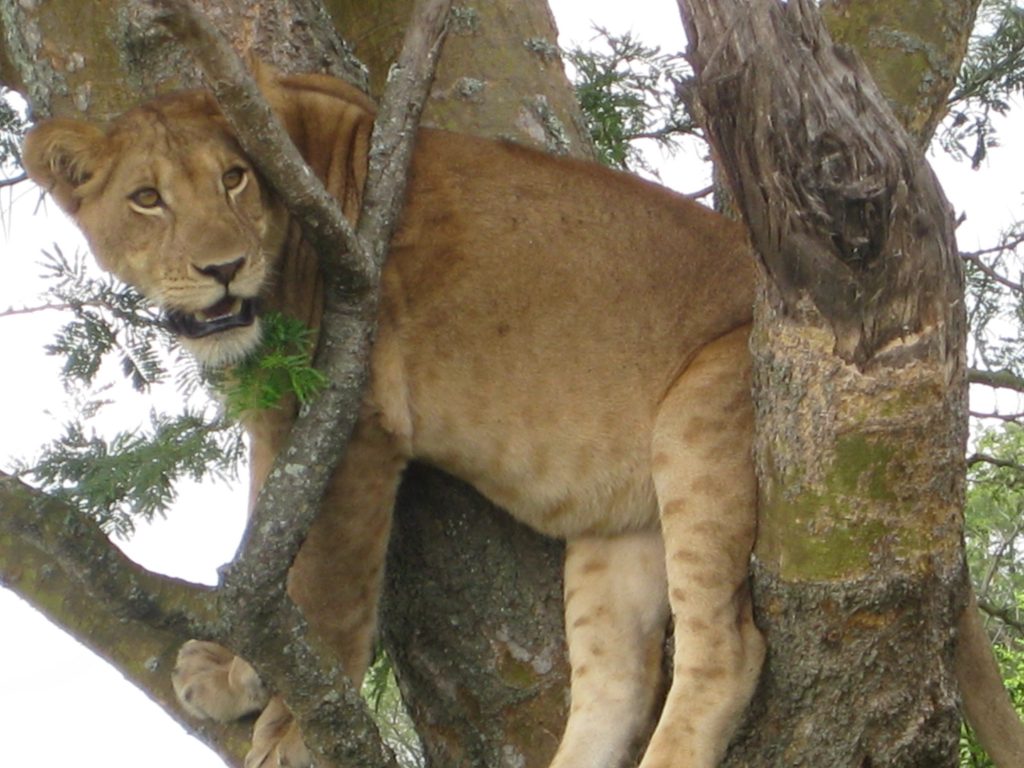
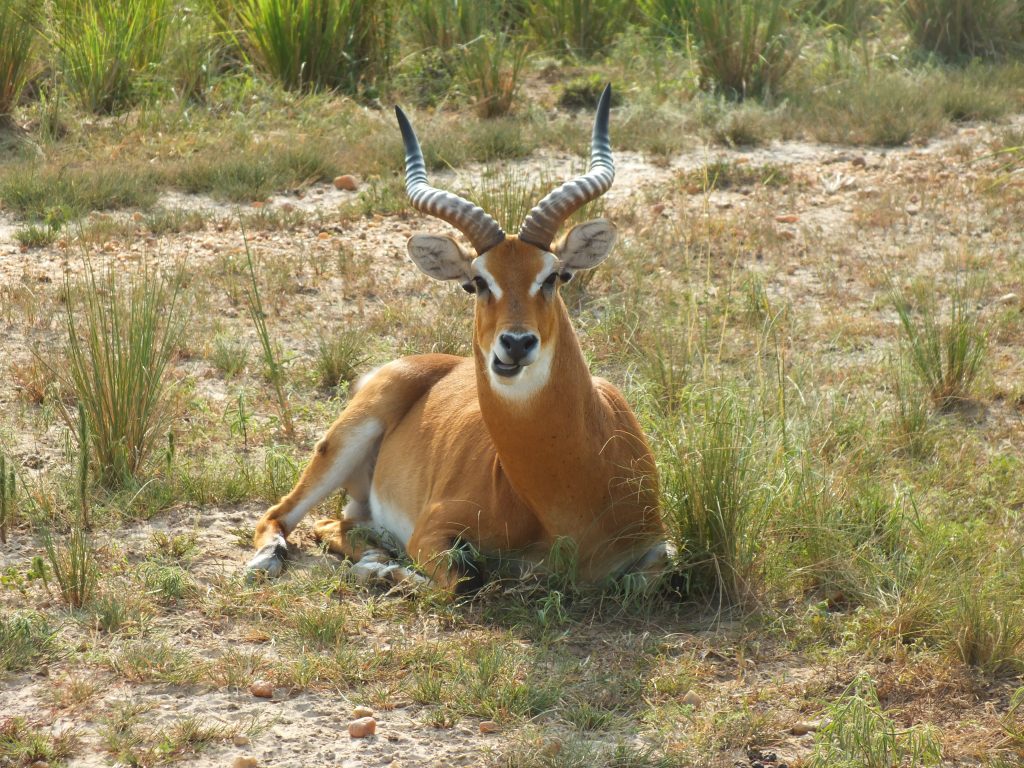
PARK RULES AND REGULATIONS
Get your permit before entering the park.
Drive only between 7:00am and 7:00pm and allow plenty of time to reach your destination.
Do not drive more than 45km per hour.
Give animal’s right of way and don’t disturb wild life.
Do not sound your horn.
Do not litter.
Do not start fires or throw cigarettes ends.
Stay in your vehicle except at designated areas.
Do not bring pet animals into the park.
Do not pick or cut any plants or animals.
Do not bring firearms or ammunitions into the park.
